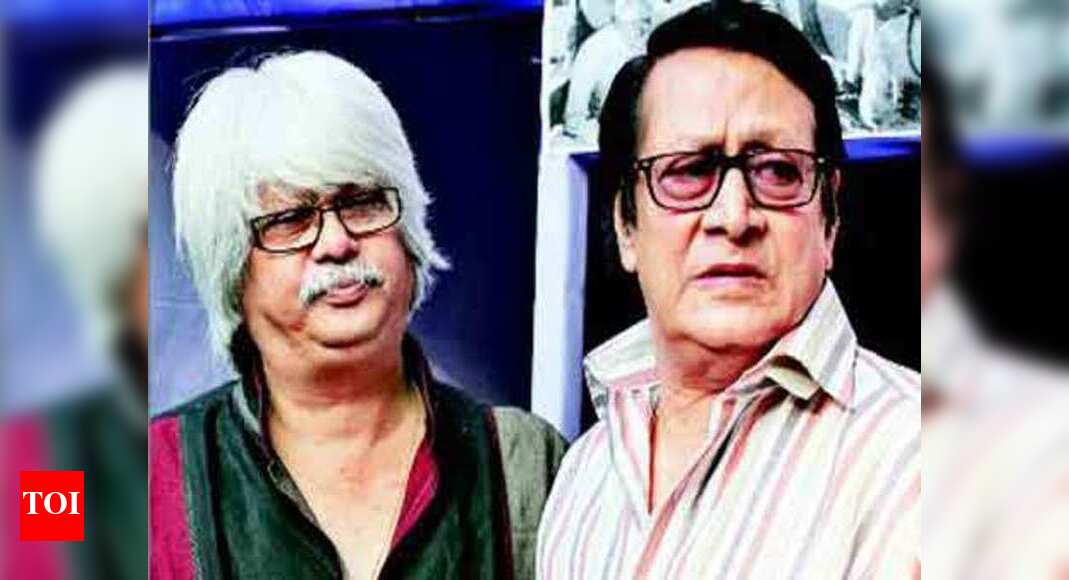

Retrospectives of his films have been shown in major cities of the world. During his career, Mrinal Sen's films have received awards from major film festivals, including Cannes, Berlin, Venice, Moscow, Karlovy Vary, Montreal, Chicago, and Cairo.

Īnother prominent Bengali filmmaker is Mrinal Sen, whose films have been well known for their Marxist views.

Similar references to Ray films are found in recent works such as Sacred Evil (2006), the Elements trilogy of Deepa Mehta, and in films of Jean-Luc Godard. Ira Sachs' Forty Shades of Blue (2005) was a loose remake of Charulata, and in Gregory Navas My Family (1995), the final scene is duplicated from the final scene of The World of Apu. Ray's 1967 script for a film to be called The Alien, which was eventually cancelled, is widely believed to have been the inspiration for Steven Spielberg's E.T. Kanchenjungha (1962) introduced a narrative structure that resembles later hyperlink cinema. The 'youthful coming-of-agedramas that have flooded art houses since the mid-fifties owe a tremendous debt to the Apu trilogy'. His work subsequently had a worldwide impact, with filmmakers such as Martin Scorsese, James Ivory, Abbas Kiarostami, Elia Kazan, François Truffaut, Carlos Saura, Isao Takahata, Wes Anderson and Danny Boyle being influenced by his cinematic style, and many others such as Akira Kurosawa praising his work. The most influential among them was Satyajit Ray, whose films became successful among European, American and Asian audiences. This allowed Bengali filmmakers to reach a global audience. Since the late 20th century, the Bengali film industry has become smaller, overtaken by other regional industries such as Bollywood and South Indian cinema.Įver since Satyajit Ray's Pather Panchali (1955) was awarded Best Human Document at the 1956 Cannes Film Festival, Bengali films frequently appeared in international fora and film festivals for the next several decades. The Bengali film industry is known for producing many of Indian cinema's most critically acclaimed global Parallel Cinema and art films, with several of its filmmakers gaining prominence at the Indian National Film Awards as well as international acclaim. It was a historically important film industry, at one time the center of Indian film production. The origins of the nickname Tollywood, a portmanteau of the words Tollygunge and Hollywood, dates back to 1932. The cinema of West Bengal (Bengali: টলিউড, romanized: ṭôliuḍ), also known as Tollywood, refers to the Indian Bengali languagefilm industry based in the Tollygunge region of Kolkata, West Bengal, India. He was honoured in Kolkata's 16th Tele Cine Awards with the Lifetime Achievement award for his outstanding contributions in Bengali films in 2017.Approx.Veteran Indian Bengali film actor Ranjit Mallick honoured with ‘bbarta award’ for 2017 in recognition of his outstanding contributions to Bengali cinema.His daughter, Koel Mallick is also an actress in the Bengali film industry. Since the 1984 film Shatru by Anjan Choudhury, he started working on action roles. Satyajit Ray cast him in his film Shakha Proshakha, where he played the role of a young man who was caught between values and tradition. He then become a popular romantic hero in the 1970s and featured in films like Mouchak, Devi Chaudharani, Raag Anuraag, Sayang Siddha.

He received the International Best Actor Award from Karlovy Vary for this work. Ranjit started his career with Bengali director Mrinal Sen's film Interview (1971). He studied at the Asutosh College and later at the Syamaprasad College of the University of Calcutta. Ranjit was born on 28 September 1944 in Calcutta, West Bengal, into the Mallick Bari of Bhowanipore (a family belonging to the Vaidya ( Baidya) community, which is closely associated with Kolkata's Barat and Gupta families), known for its Durga Puja.


 0 kommentar(er)
0 kommentar(er)
